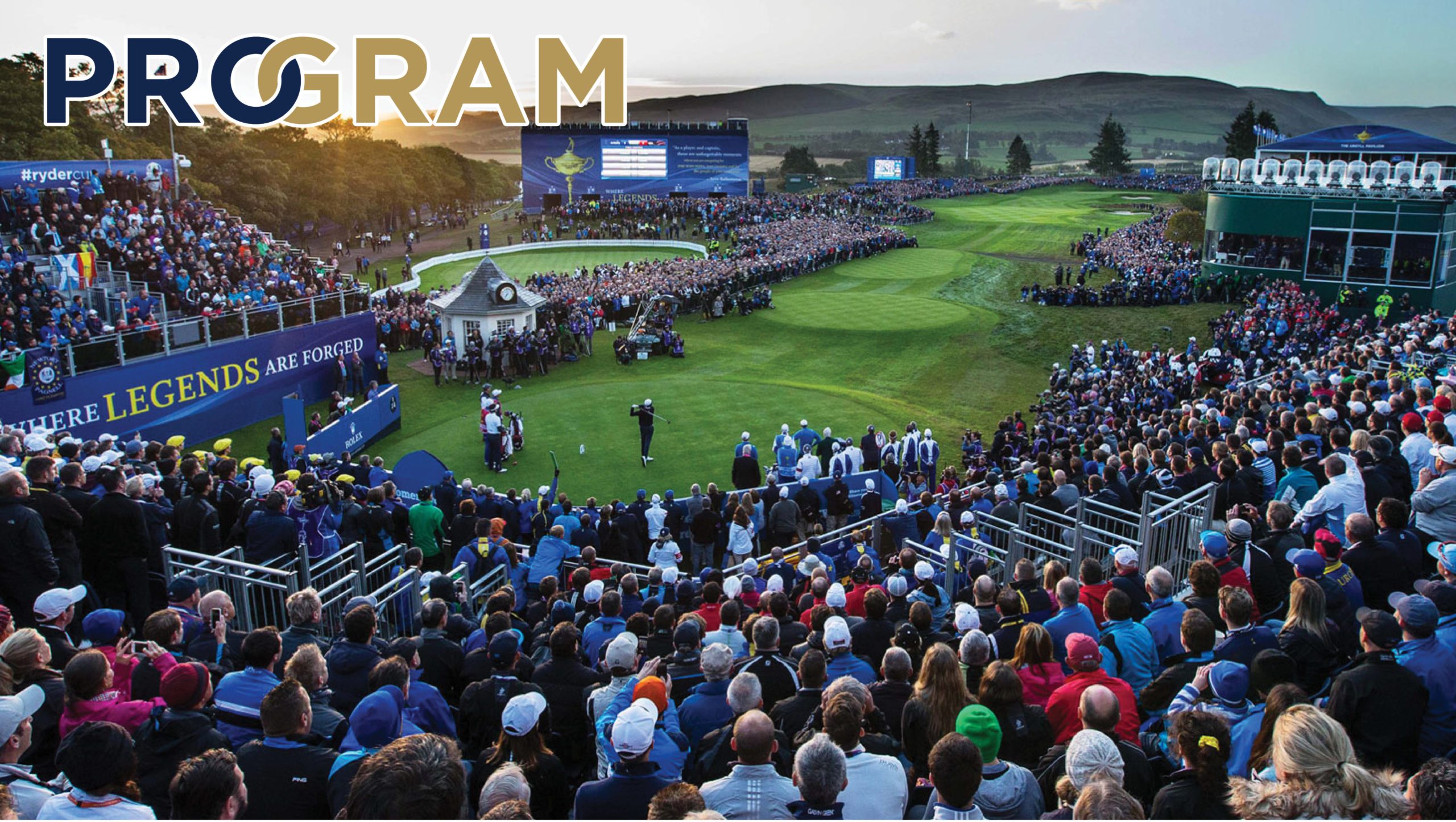
What Is It about the Ryder Cup?
Written by Kerry Haigh, Chief Championships Officer, PGA of AmericaArticle Highlights
- The Ryder Cup has evolved throughout the years resulting in one of the most compelling events in sports
- The pressure-packed finish at the 1991 Ryder Cup at Kiawah Island propelled the popularity of the event.
- The on site experience has amplified with festivities, grandstands, camaraderie, and chants.
I am occasionally asked what is it about the Ryder Cup that has made it one of the most compelling events in sports. While I do not have all the answers, I have been involved in managing the event since 1991 and have seen and been involved in many of its changes and developments and would like to share some of those with you.
The Ryder Cup clearly took a big leap forward in 1979 when the Great Britain and Ireland team was expanded to include all of Europe. With the growth of golf throughout the world and the talent that was found in Spain, Germany and Sweden, in particular, meant that the two sides were more evenly matched. This change was reflected in the results in 85, 87 and 89 where each match was extremely competitive and became compelling to watch.
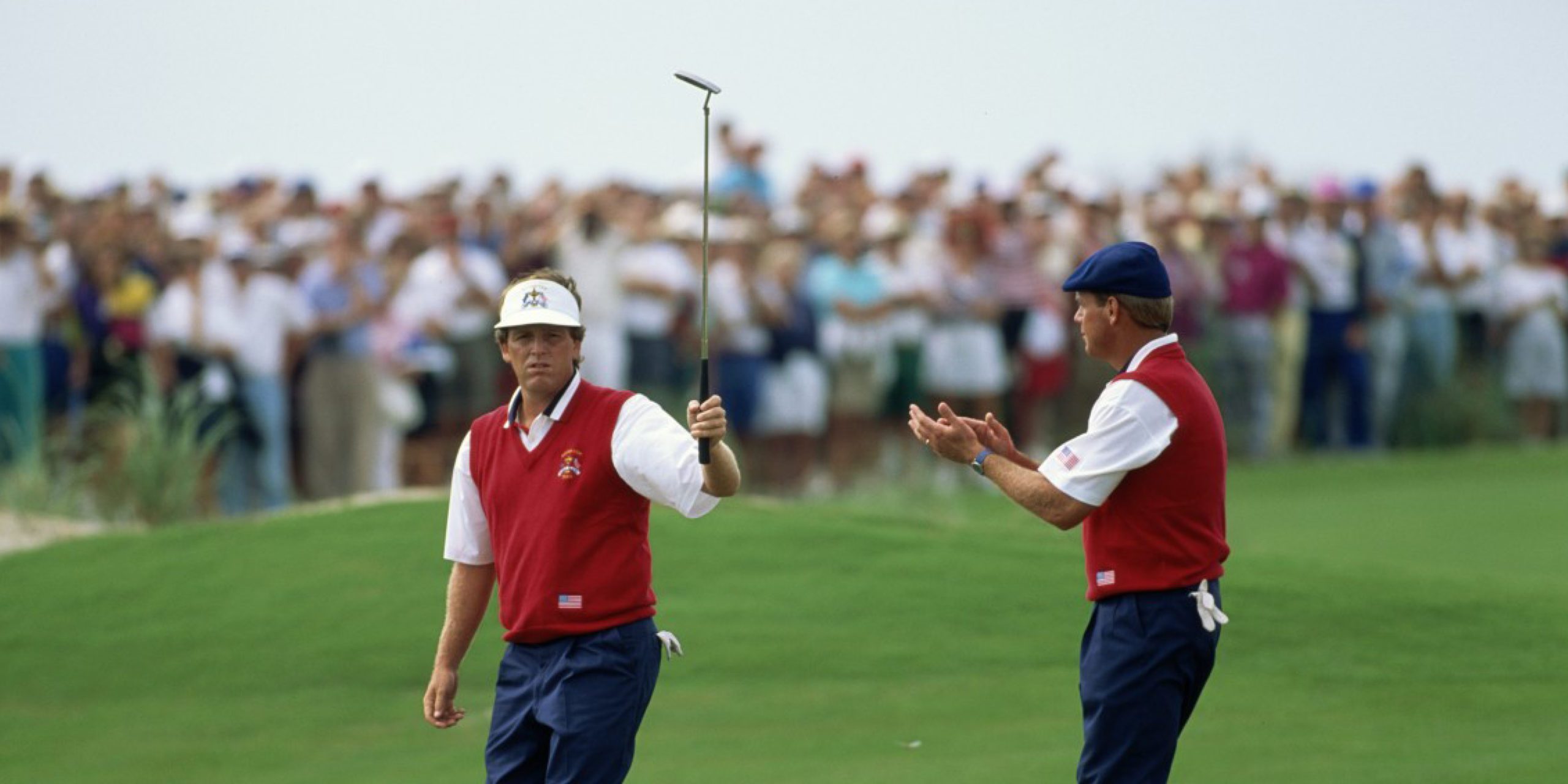
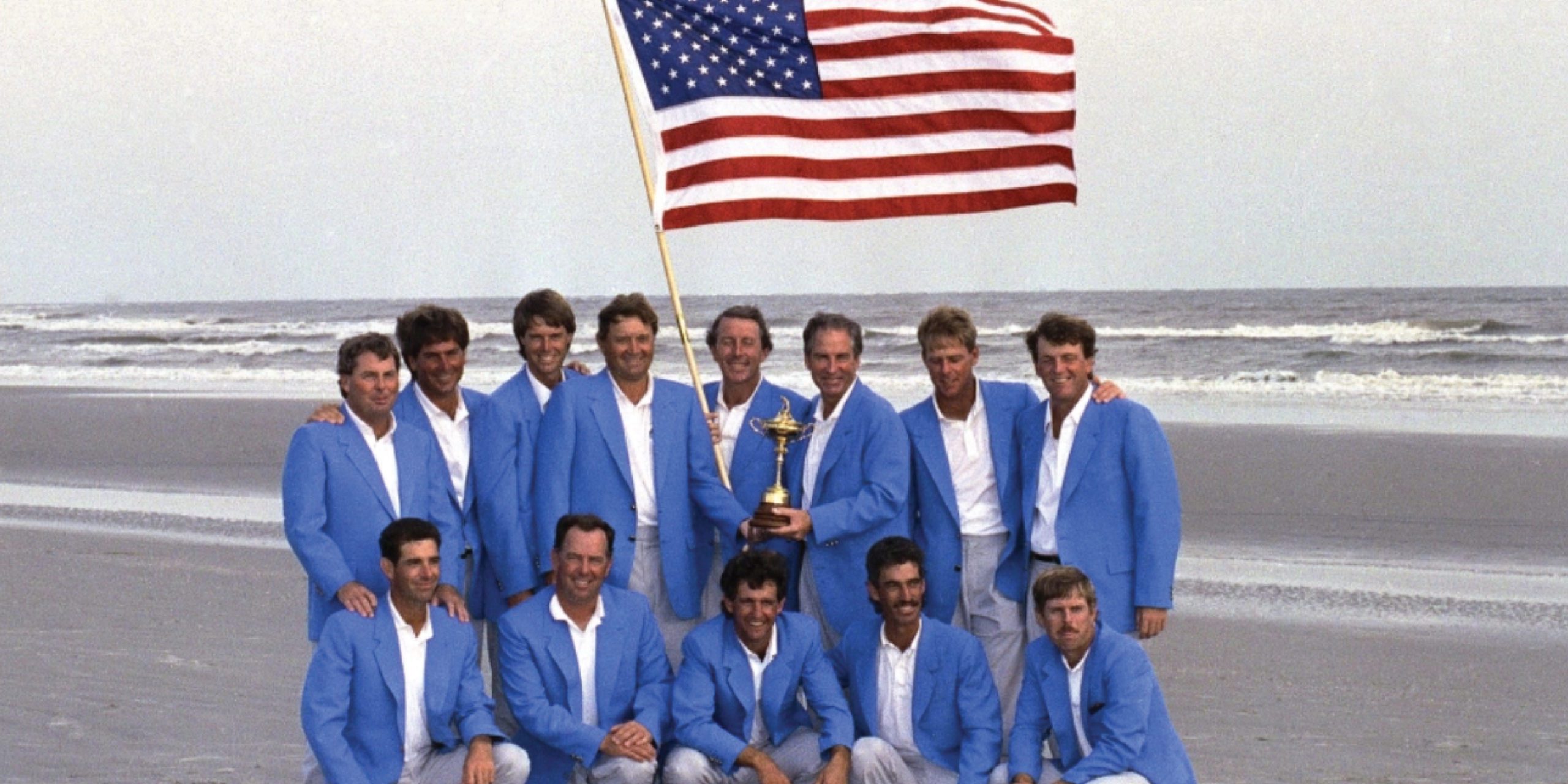
This really helped catapult the interest in the Matches to unprecedented levels, particularly here in the United States. It had always been extremely popular in the United Kingdom but suddenly it became a must see, must watch event both here and in Europe.
As the matches became closer, so did the interest and excitement of the players, caddies and their families. Both the PGA of America and Ryder Cup Europe started to include the player families (parents and in laws) in the week’s activities. The Team captains started to need more eyes and ears on their players and the concept of assistant captains was introduced. Each team is now allowed up to five assistant captains. Then each side started to want more information both prior to and during the matches and introduced stats teams to help analyze and research player stats, performances and personality profiles in an attempt to find their best pairings and order for the matches and as well helping determine who their captains picks should be.
All of these competitive changes helped raise the level of importance and professionalism as to how the teams are managed and organized.
In addition, the on site experience was elevated with the introduction of significantly more grandstands and video boards to be able to better watch the matches around the golf course even if play was not in certain areas of the course. This allowed for more spectators to be allowed access to the matches and more corporations found the experience to be of appeal for their clients and guests and more wanted to be involved and a part of the experience.
All of these changes helped ratchet up the level of attendance, excitement and noise at each succeeding Match. It is one of the very few events in golf where almost everyone attending is rooting for one side or the other and it has become a “college football” like atmosphere. Many spectators now dress up in their patriotic colors and outfits, we have attendees who dress the same in support of their side and consequently, the excitement continues to grow.
Even during practice rounds, we now have thirty thousand plus spectators cheering and watching the players hit practice shots. Nowhere else is this found in golf.
Then there is the first tee experience, where almost every Ryder Cup player can relay their excitement, fear and nervousness about starting their match on the 1st tee. This has been expanded to the point where we now try to build our largest grandstand and viewing experience around the starting hole.
This year at Whistling Straits we will have a horseshoe shaped grandstand around the tee, video boards in view, corporate hospitality on all sides of the entire hole, television studios facing and looking at the 1st tee and all video boards showing the first tee in preparation and thousands of spectators lining the rope line simply to watch the opening shots. We introduced music to the first tee with a professional Disc Jockey and sound speakers sending out music and songs for the spectators to listen and sing along with.
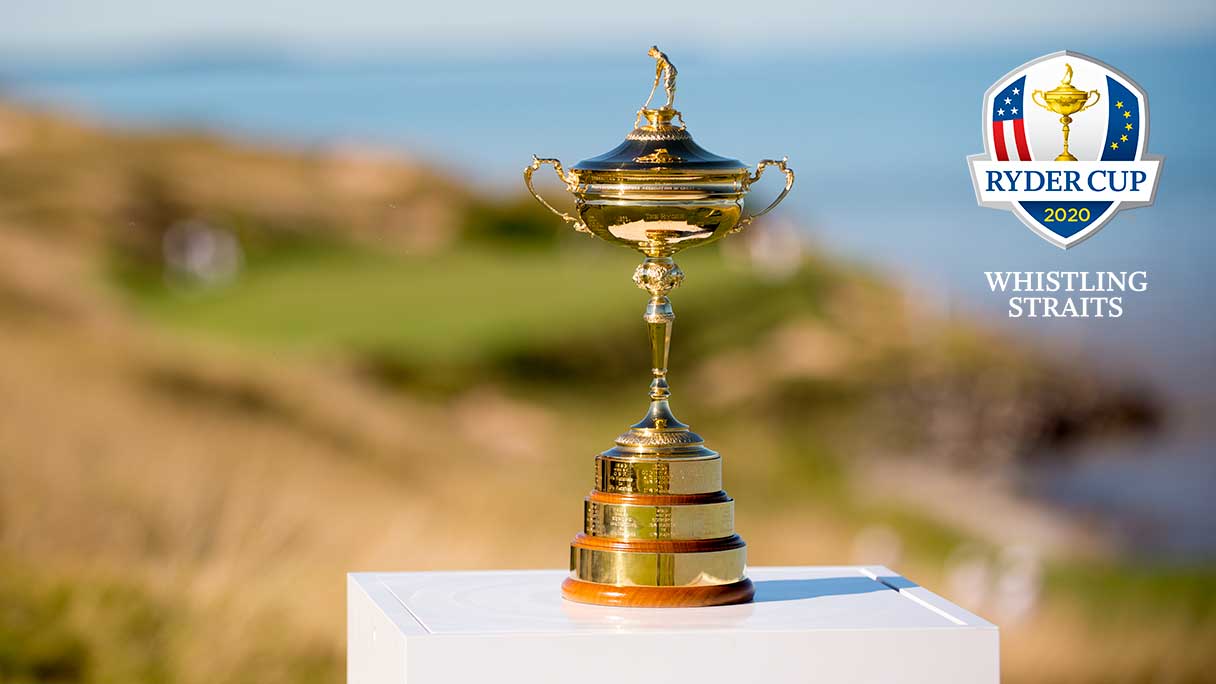
We now invite our past Ryder Cup Captains to attend and be a part of the matches and atmosphere. We added the Junior Ryder Cup players to be part of a Junior Friendship match on the Wednesday afternoon of the practice rounds for them to experience the atmosphere and golf course. We added a celebrity golf match also during the practice rounds to help increase non golfing interest and viewers and we expanded the opening ceremonies to be a concert like happening the afternoon prior to the start of the matches.
All of this and the fact that the players are representing their country/continent and flags as well as their team mates, families and friends lends itself to an atmosphere and pressure that is not found in any other golfing event.
While we all hope that the event continues to be such an incredible spectacle and showcase for the PGA of America and for golf in general, there are no guarantees. It is and will always be critical that the players are heard and represented in a way that they feel good and positive about their experience and how they are treated which is whey the Ryder Cup Committee was created to increase the involvement of the top players and captains to help us steer and manage the event in a responsible manner.
It has been a great honor for me to be a very small part of the event and help represent the PGA of America in trying to help grow this event and I continually try to challenge our entire staff to try to manage and care for what is truly a very special event that helps showcase the best players in the world competing head to head in a truly special atmosphere on different but exciting golf courses.

Blog Post #8: The Methods of Modern Mentoring
PGA Professional Tom Son has pioneered a mentoring program within the SCPGA.
Read More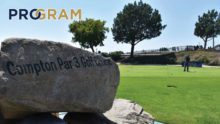
Blog Post #7: Straight Into Compton – SoCal Supers Revive Neglected Course
With its proximity to two schools, the Compton Par 3 Golf Course in Los Angeles was perfectly poised to be grounds for growing the game — it just needed some TLC.
Read More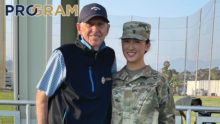
Blog Post #6: Army Reservist Cathy Tong is PGA Professional George Pinnell’s Next Prodigy
With Pinnell’s expertise paired with the inner-drive of Tong, this duo is slated to produce big waves across the golf world.
Read More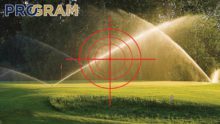
Blog Post #5: Golf’s Water Use Back in the Crosshairs of Regulatory and Environmental Community
Epic drought shaping up to be one of the worst in state history
Read More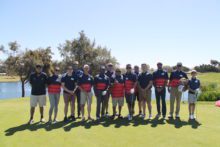
Blog Post #4: Military Veterans Find Solace Through Golf
Joe Grohman, a.k.a “Joe the Pro”, follows his calling to support veterans.
Read More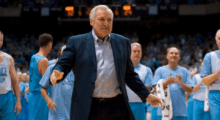

Blog Post #2: Geddes On The Rise
SCPGA Member Mark Geddes Competed At 2021 PGA Championship as part of the Team of 20!
Read More
Blog Post #1: The World of Blogging
Join SCPGA Executive Director / CEO, Tom Addis III, PGA, as he tee’s up what you can expect from the newest feature on SCPGA.com!
Read More